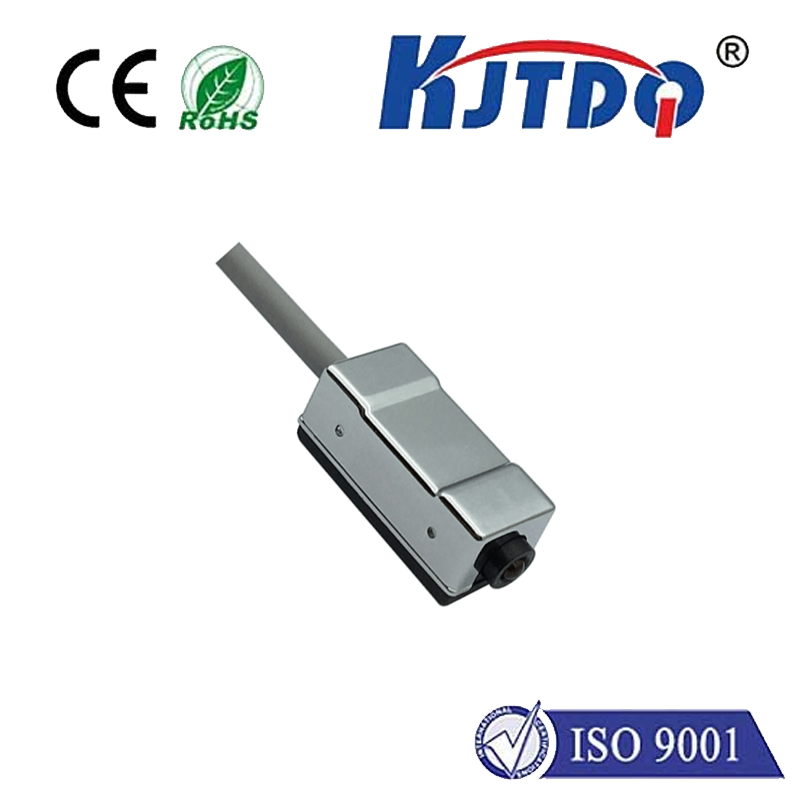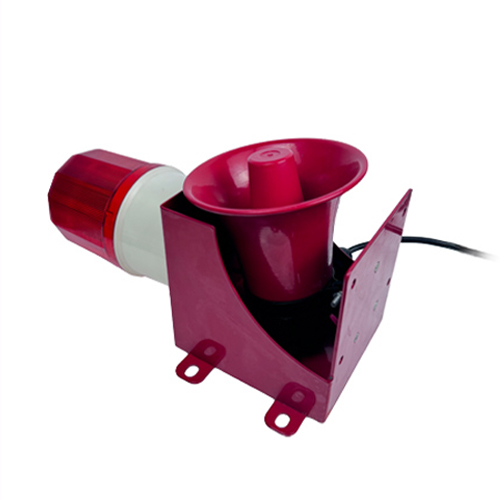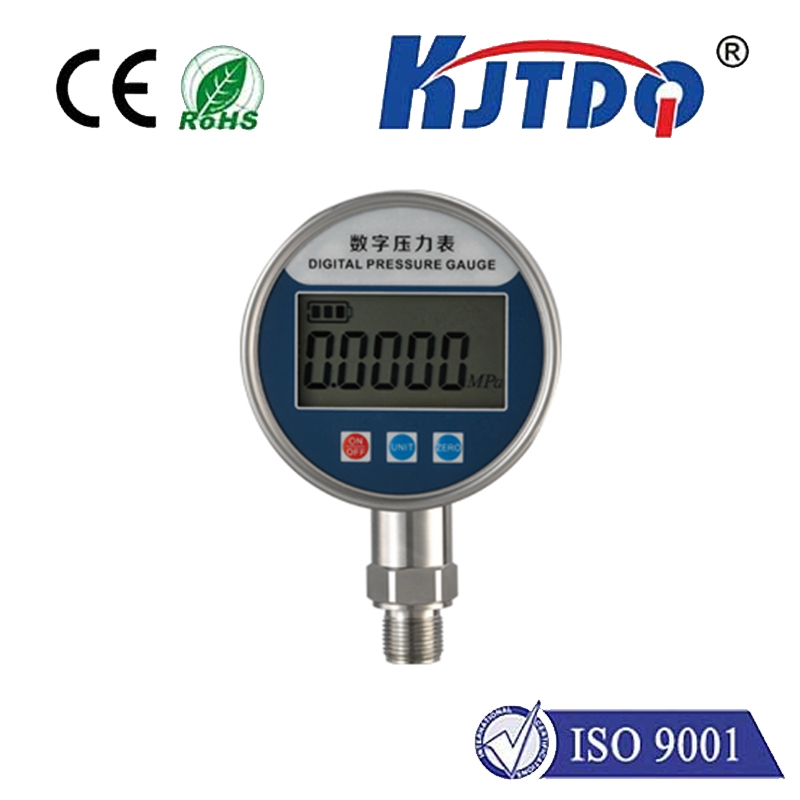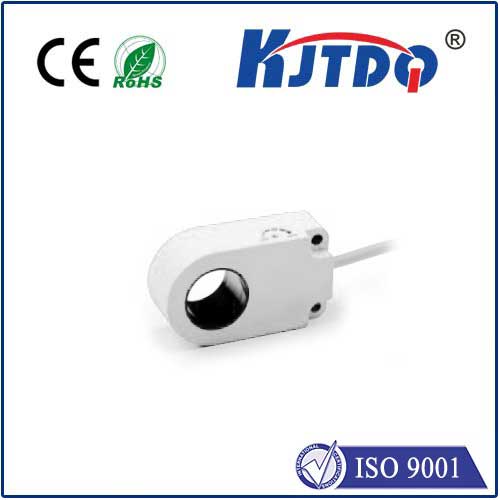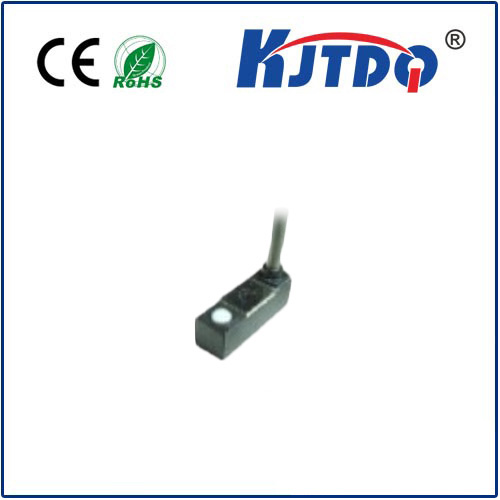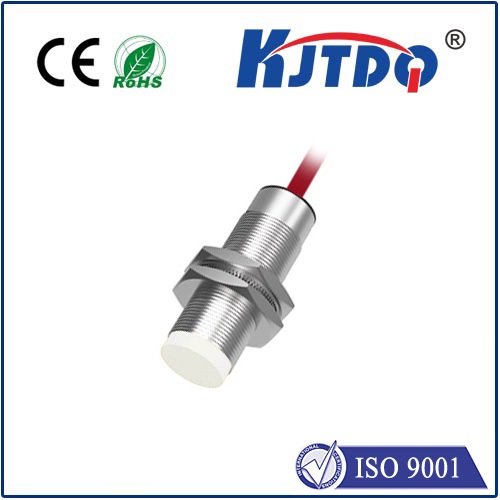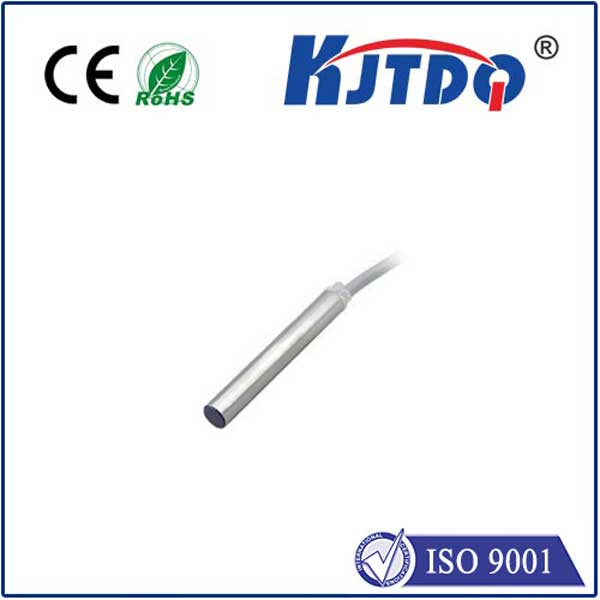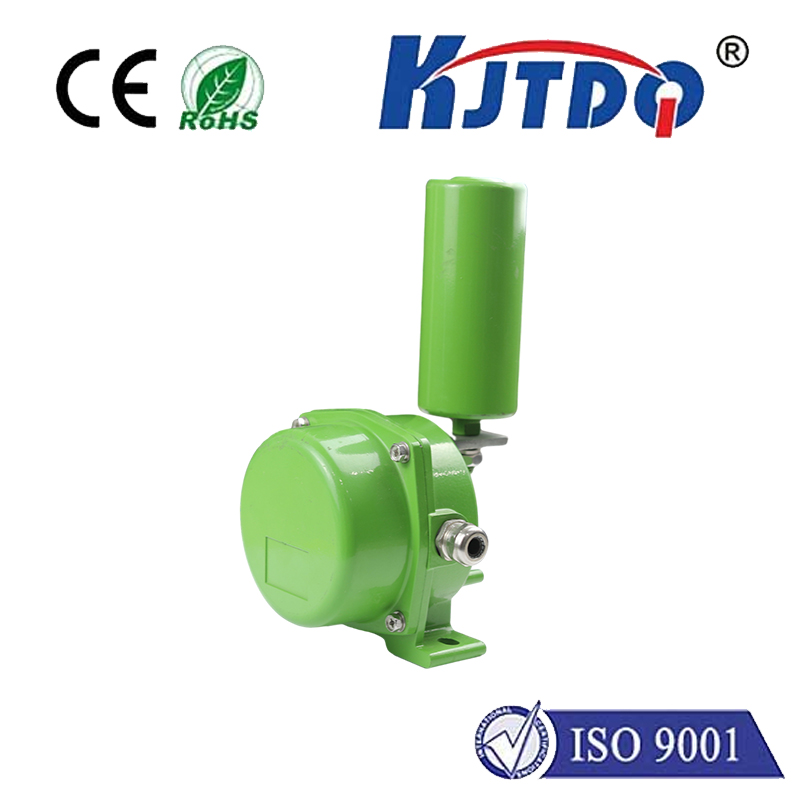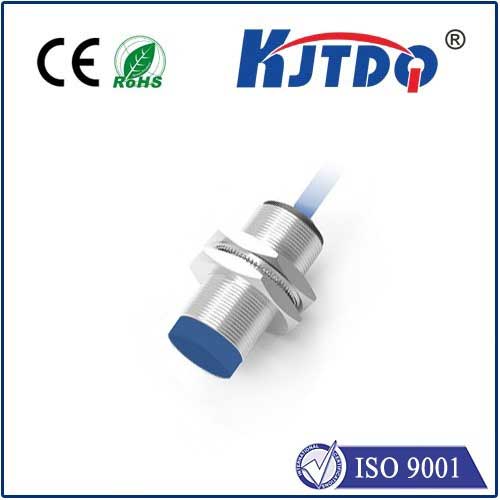The Essential Guide to Speed Control Sensors: How They Work and Why They Matter In the world of modern technology, precision and control are paramount. Whether it’s in automotive engineering, industrial machinery, or even consumer electronics, the ability to monitor and regulate speed is crucial. Enter the датчик управления скоростью, a device that has become indispensable in ensuring efficiency, safety, and performance across various applications. But what exactly is a speed control sensor, and why is it so important? This guide dives deep into the workings of these sensors, their applications, and the benefits they bring to the table.
А.датчик управления скоростью is a device designed to measure and regulate the speed of a moving object or system. It works by detecting motion and converting it into an electrical signal, which can then be used to monitor or control the speed of the object. These sensors are used in a wide range of industries, from automotive to manufacturing, and even in household appliances.
The operation of a speed control sensor is based on the principle of motion detection. There are several types of speed sensors, each with its own method of operation, but they all share the common goal of measuring speed accurately.
Magnetic Speed Sensors: These sensors use a magnet and a coil to detect changes in magnetic fields caused by the movement of a nearby object. As the object moves, it alters the magnetic field, inducing a voltage in the coil. This voltage is then converted into a speed reading.
Optical Speed Sensors: These sensors use light to detect motion. A light source is directed onto a moving object, and a photodetector measures the reflected light. The speed of the object is determined by analyzing the changes in the light pattern.
Hall Effect Sensors: These sensors detect the presence of a magnetic field and convert it into an electrical signal. As a magnetic object moves past the sensor, it generates a voltage proportional to the speed of the object.
Inductive Speed Sensors: These sensors work on the principle of electromagnetic induction. A coil generates a magnetic field, and as a metallic object moves through this field, it induces a current in the coil. The speed of the object is determined by the frequency of the induced current.
Speed control sensors are used in a wide variety of applications, each requiring precise speed measurement and control. Some of the most common applications include:

Автомобильная промышленность: In vehicles, speed sensors are used to monitor the speed of the wheels, engine, and transmission. This information is crucial for systems like anti-lock braking (ABS), traction control, and electronic stability control (ESC).
Industrial Machinery: In manufacturing and processing plants, speed sensors are used to monitor the speed of conveyor belts, motors, and other machinery. This ensures that the equipment operates at the correct speed, maintaining efficiency and preventing damage.
Потребительская электроника: Speed sensors are also found in household appliances like washing machines, blenders, and fans. They help regulate the speed of these devices, ensuring they operate smoothly and efficiently.
Аэрокосмическая промышленность: In the aerospace industry, speed sensors are used to monitor the speed of aircraft components like turbines and propellers. This is critical for ensuring the safety and performance of the aircraft.
Renewable Energy: In wind turbines, speed sensors are used to monitor the speed of the blades. This information is used to optimize the turbine’s performance and ensure it operates within safe limits.
The use of speed control sensors offers several benefits, making them an essential component in many systems:
Повышение эффективности: By accurately measuring and controlling speed, these sensors help optimize the performance of machines and systems, reducing energy consumption and improving overall efficiency.
Повышение безопасности: In applications like automotive and aerospace, speed sensors play a crucial role in ensuring the safety of the vehicle and its occupants. They help prevent accidents by monitoring and controlling speed in critical situations.
Точность и точность: Speed sensors provide precise and accurate speed measurements, which is essential in applications where even a small error can have significant consequences.
Долговечность и надежность: Modern speed sensors are designed to withstand harsh conditions, making them reliable and durable in various environments.
Эффективность затрат: By improving efficiency and reducing the risk of damage or accidents, speed sensors can help lower operational costs in the long run.
When selecting a датчик управления скоростью, it’s important to consider the specific requirements of the application. Factors to consider include the type of motion being measured, the environment in which the sensor will be used, and the required level of accuracy and precision.
Type of Motion: Different sensors are suited to different types of motion. For example, magnetic sensors are ideal for detecting the movement of metallic objects, while optical sensors are better suited for non-metallic objects.
Environment: The operating environment can affect the performance of the sensor. For example, sensors used in high-temperature or corrosive environments need to be specially designed to withstand these conditions.
Точность: The required level of accuracy and precision will vary depending on the application. For critical applications like aerospace or automotive, high-precision sensors are essential.
Cost: While cost is always a consideration, it’s important to balance it with the required performance and durability of the sensor.
As technology continues to advance, the role of speed control sensors is likely to become even more important. Innovations in sensor technology, such as the development of more compact and energy-efficient sensors, are expected to drive their adoption in new applications. Additionally, the integration of speed sensors with other technologies, such as IoT and AI, is likely to open up new possibilities for monitoring and control. In conclusion, speed control sensors are a vital component in many modern systems, offering a range of benefits from improved efficiency to enhanced safety. By understanding how these sensors work and their applications, it’s possible to make informed decisions about their use and selection. Whether in automotive, industrial, or consumer applications, speed control sensors are set to play a key role in the future of technology.

